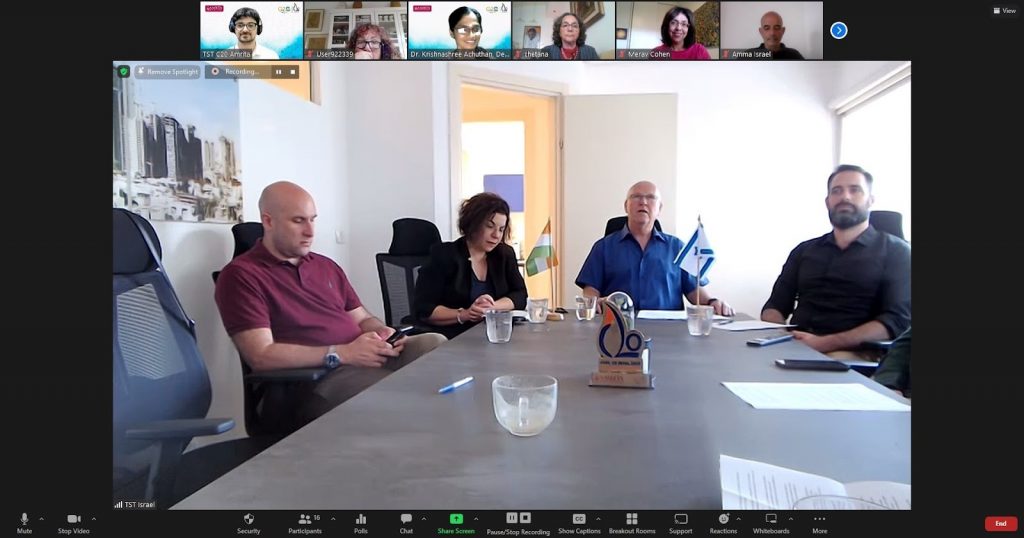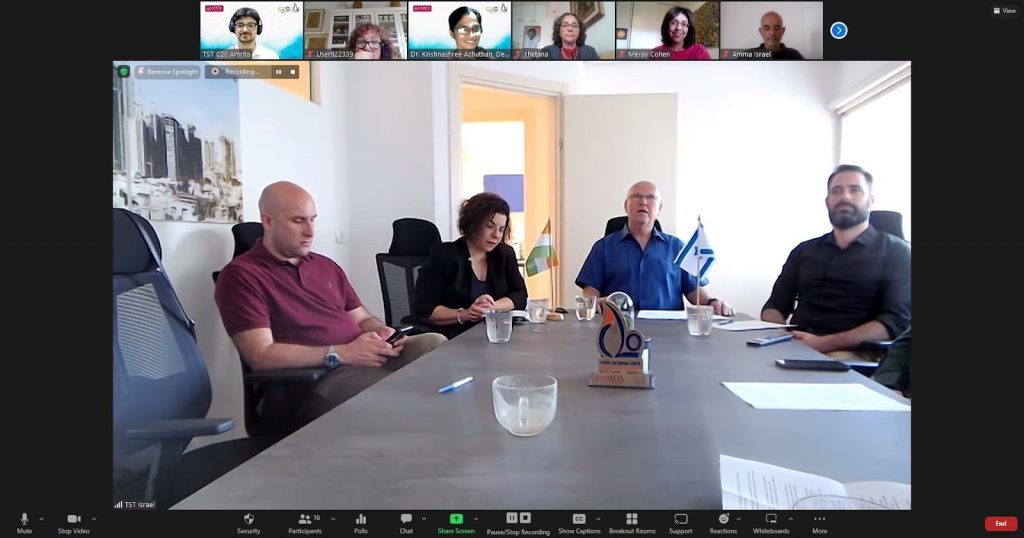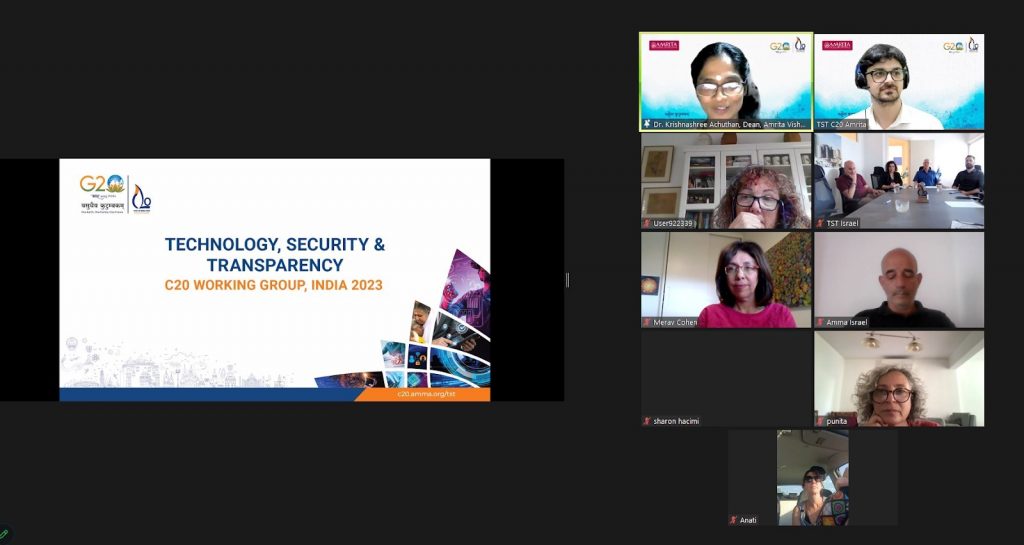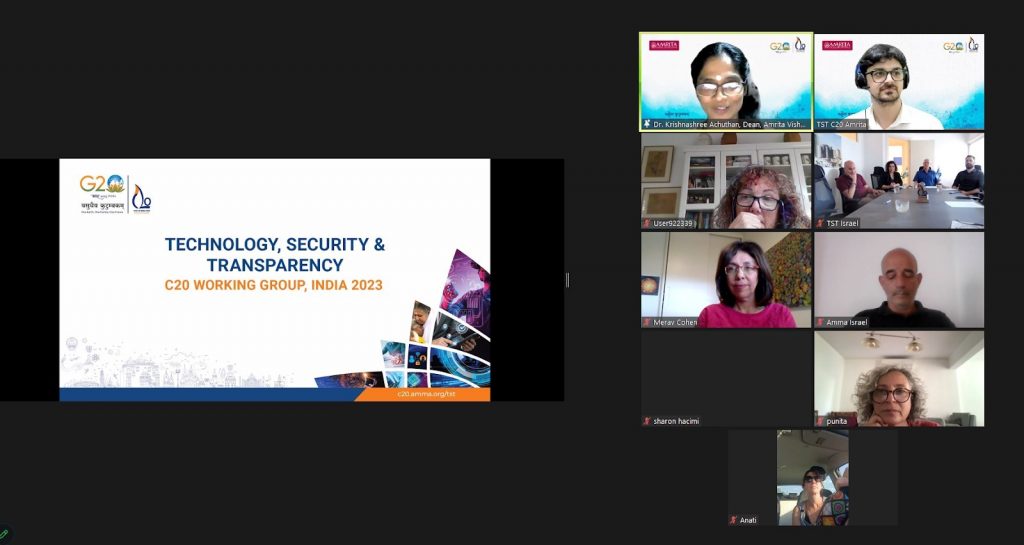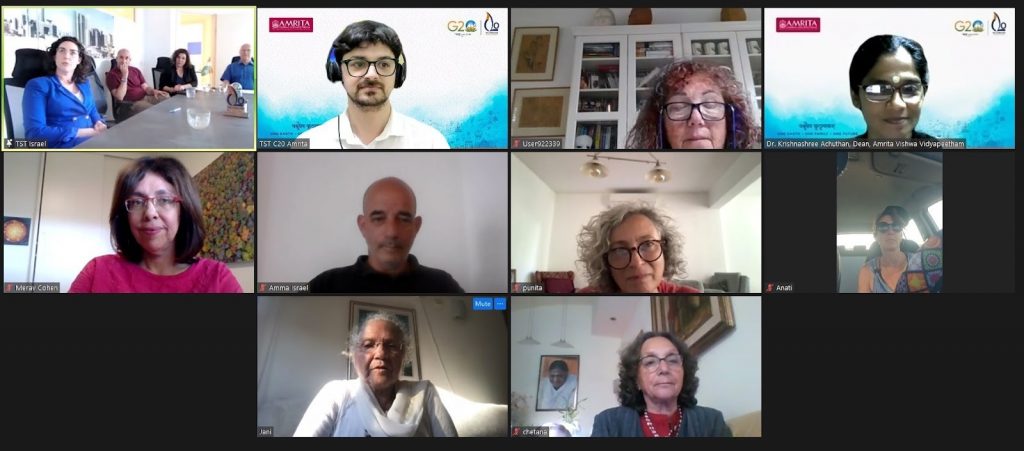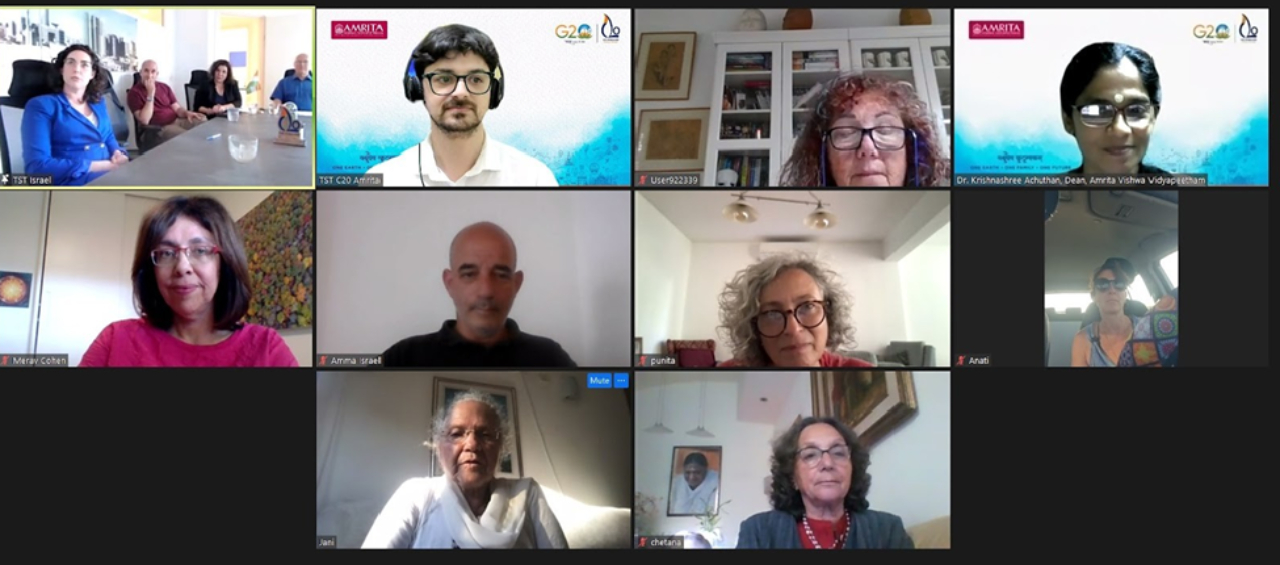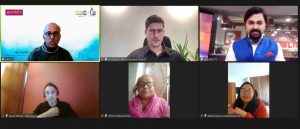On June 20th from 6pm-830pm, an internationally significant event – the Technology, Security, and Transparency (TST) – took center stage. This pivotal event, which forms an integral part of the global Civil20 (C20) efforts, aimed to bridge the digital gap that currently plagues various regions across the globe, where accessibility to internet and technology is limited or non-existent.
The all-encompassing digital divide is an extensive challenge globally. Approximately two-thirds of global households currently have no access to the internet. As such, the TST event served as an enlightening platform to discuss, strategize, and develop solutions to mitigate this expanding digital gap, intensify public trust in the digital infrastructure and services, and pore over potential regulatory interventions in the digital space.
The invited participants were industry stalwarts that included Dotan Sagi, the CEO of Cinten, leading financial innovator, Rahav Shalom Revivo from the Ministry of Finance and Fintech Ladies IL Founder, Daniel Lorber of Lorber & Co, Danit Leybovich, a well-known digital forensics expert, David Sela from the renowned ClearSky Cyber Security, its CEO, Boaz Dolev, and Micha Weis, a representative from the Ministry of Finance.
Their insightful deliberations yielded several recommendations critical to bridging this digital divide. The vital strategies developed encompass gaining a deeper understanding of public requirements through comprehensive research like interviews and surveys, trailblazing efforts to widen cellular coverage through alternative access channels like satellites, and forging foundations of regional access centers in disadvantaged areas to provide critical services to citizens. The discussions also revolved around the necessity of initiating international cooperation to share services and resources, aiming for digital inclusivity on a global scale.
Their productive discussions also highlighted the importance of forging connections between government agencies, the private market, and the realm of academia to use a multi-sector approach to tackle the challenge. Encouraging an environment to foster innovative programs and digital literacy across various socio-economic strata was deemed necessary. A significant emphasis was placed on involving children as agents of change, given their innate adaptability and willingness to learn and encourage change.
The event’s importance is underscored by the fact that bridging the digital divide is essential to ensure equitable internet access and foster trust in digital infrastructures. It is crucial to usher every individual into the digital age, irrespective of geographic or socio-economic barriers. The participants’ consensus was a testament to the shared commitment to create a more readily accessible and inclusive digital landscape.
Raising public trust, seeking broad public consent, and emphasizing a transparent approach to change were a unanimous agreement. Solutions were not only focused on immediate, temporary coverage until a more extensive infrastructure could be constructed but also on long-term strategies that can enable consistent access to digital services even in disadvantaged areas.
This event marks a significant stride towards digital inclusivity. Each recommendation made during the discussions acknowledges the need for a comprehensive approach. From the establishment of alternative internet access channels to the provision of remote digital services and from promoting digital literacy to establishing regional access centers in disadvantaged areas, the emphasis was clear. The digital divide needs to be bridged, and a cooperative, integrative approach is crucial to accomplish this.
Undoubtedly, the collaboration of these thought leaders and trailblazers in technology signifies a collective ambition. Their collaborative work is a significant step towards creating tangible changes necessary to reduce the global digital gap. By focusing equally on immediate solutions and long-term strategies, they aim to create a more equitable digital future, acknowledging the ultimate power of technology to transform lives across the globe.
